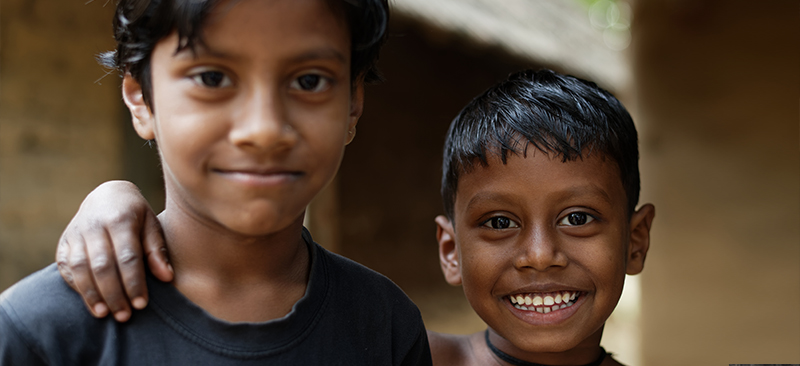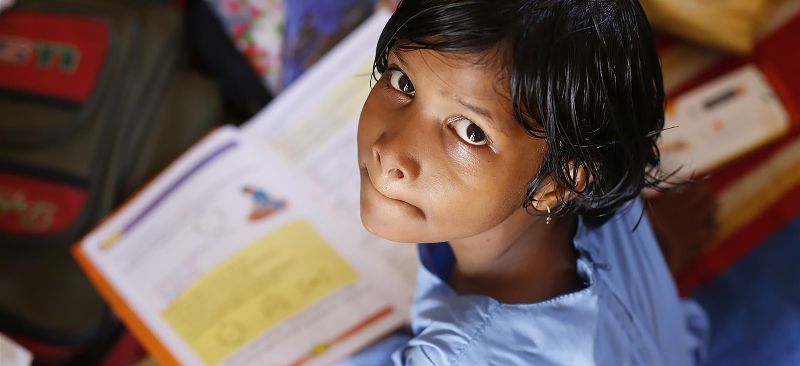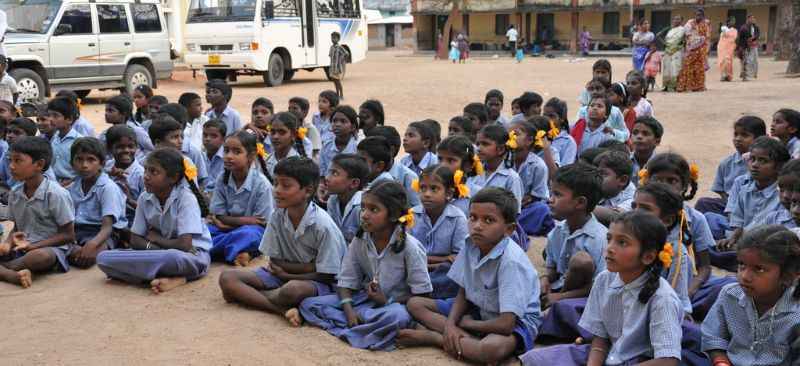In the past decade, India has made huge strides in improving access to education. Government initiatives like the Right to Education Act (2009) and Sarva Shiksha Abhiyan (now Samagra Shiksha), have definitely increased enrolment. The number of government schools has also gone up over the years.
But what is the status of public education in the county? Is providing the access enough? Is the quality of learning sufficient to equip children with the skill sets necessary to succeed?
Our publication talks about the primary problem plaguing the system and discusses a few innovative solutions to help improve the situation of public education in the country.




